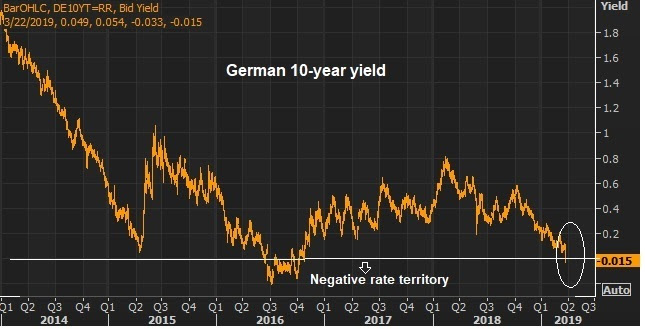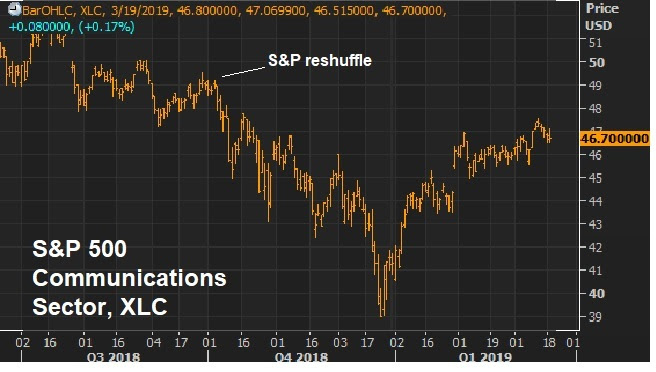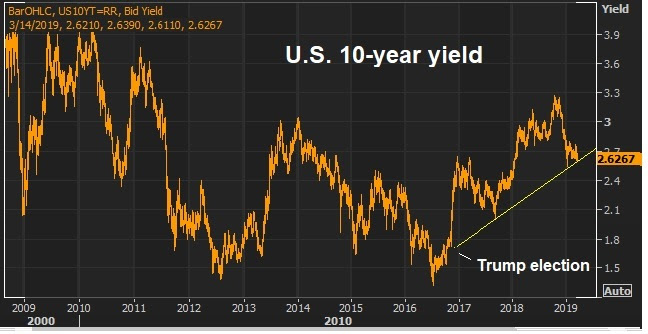We ended last week with a 4.4% plunge in Chinese stocks. What followed, Friday morning (EST time), was an announcement that the Fed Chair (Jerome Powell) would be appearing on an exclusive 60 Minutes sit down interview Sunday night.
This is a rare occurrence, that the Fed Chair does a mainstream media interview/Q&A. These Q&A’s are typically done in Congressional hearings, following Fed meetings or at select economic conferences. The common theme: He speaks economics and policy to economic and policy practitioners.
With that, this interview with 60 Minutes was clearly a desire to speak to the broader public. In part, it was a response to the growing risks of a confidence shock (given the December stock market decline, Brexit drama and China/U.S. trade uncertainty). It was an opportunity to tell the public that the economy is doing well, despite the media’s doom and gloom stories.
Also, in part, it was an opportunity to tell the public that the Fed is there to defend against shocks and panics, and that they won’t be swayed by politics.
Powell was also specifically asked about a few of the cherry picked data points the financial media has been parading around in recent days. As we discussed Friday, without context, some of the data can sound ominous. He added context, including for the dip in retail sales from December. Of course the retail sales hit was the result in the knee-jerk swing in confidence that comes with the December plunge in the stock market. He said they would be watching the January number closely. The January number today, indeed, was strong.
That (the interview and the confirmation of the retail sales data) was a catalyst for a big bounceback in stocks today.
Powell is following the script of the Ben Bernanke. When Bernanke was directing the Fed through the storm of the financial crisis, he (and the Fed) were being killed in the media. And the media set the tone for global leaders to take shots at the Fed too. So, Bernanke took to 60 minutes to speak directly to the people – to set the record straight. That interview set the bottom in the stock market — and it turned the tide in global sentiment.













